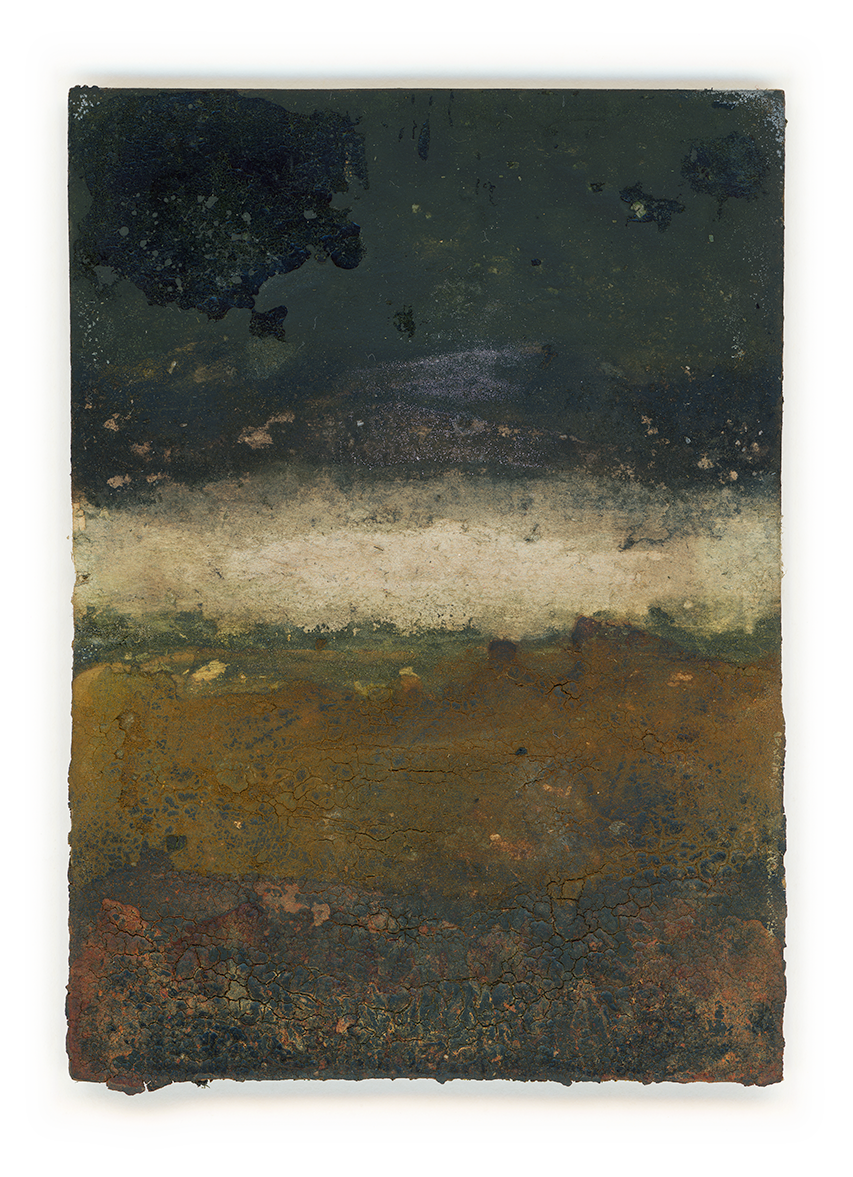
#242
Throughout the year 2025
Various plant materials: spirulina, beetroot, chlorella, turmeric, assorted matcha powders, spinach, lamb’s lettuce (mâche)
Charcoal; Liquid Ocean (Hydropassion); Micromix Drip (various micro-organisms) (Aptus); assorted moulds
15.5 × 11 × 0.3 cm
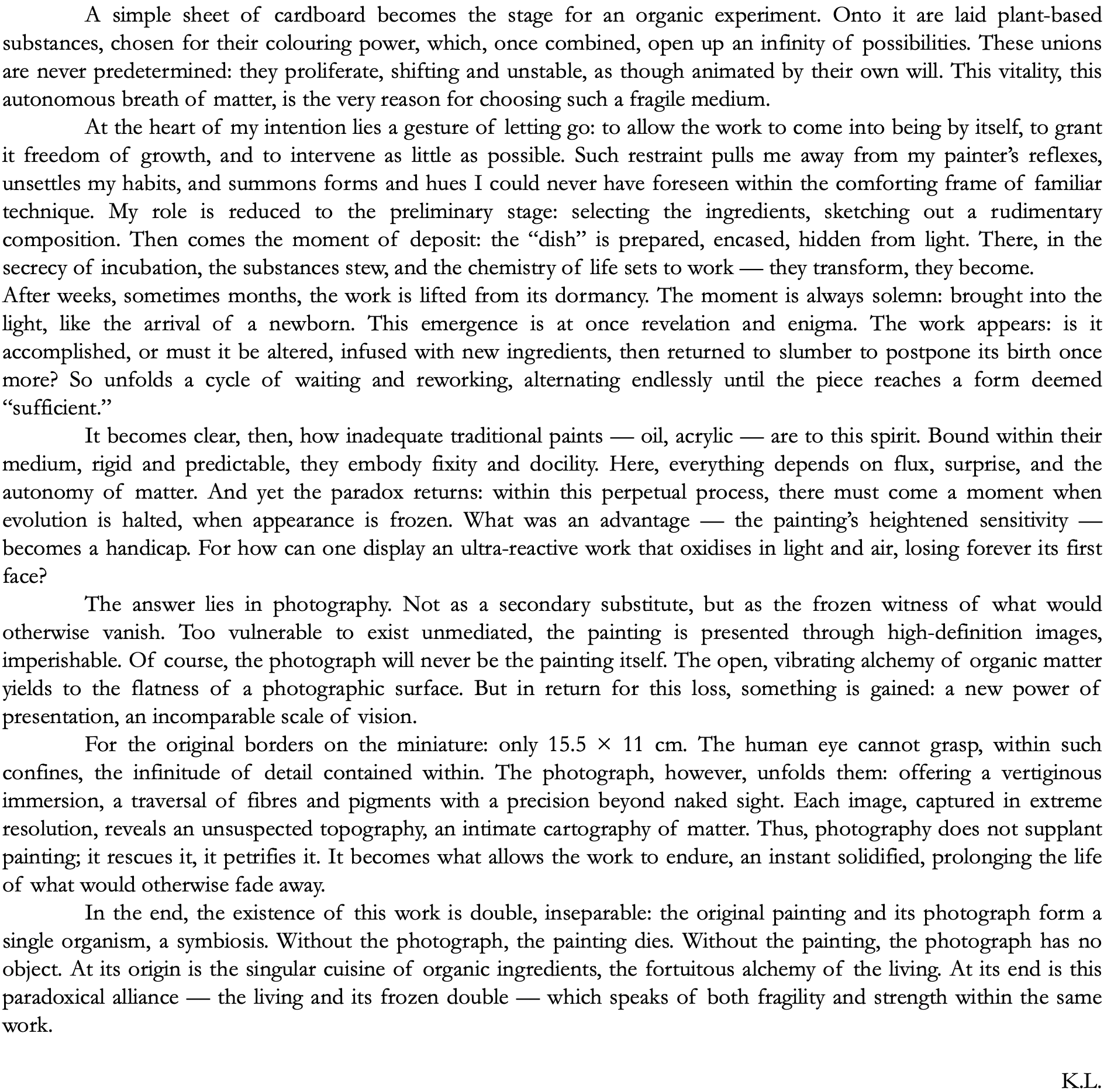
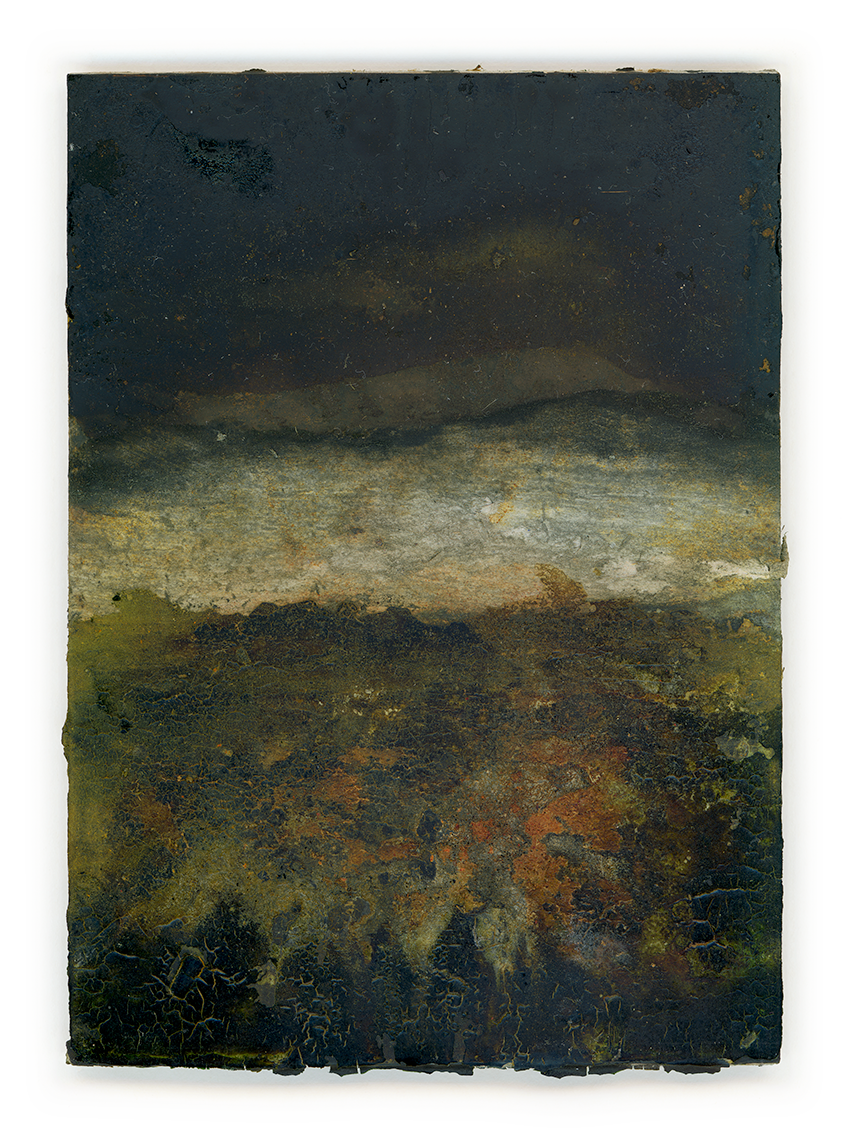
#241
Throughout the year 2025
Various plant materials: spirulina, beetroot, chlorella, turmeric, assorted matcha powders, spinach, lamb’s lettuce (mâche)
Charcoal; Liquid Ocean (Hydropassion); Micromix Drip (various micro-organisms) (Aptus); assorted moulds
15.5 × 11 × 0.3 cm
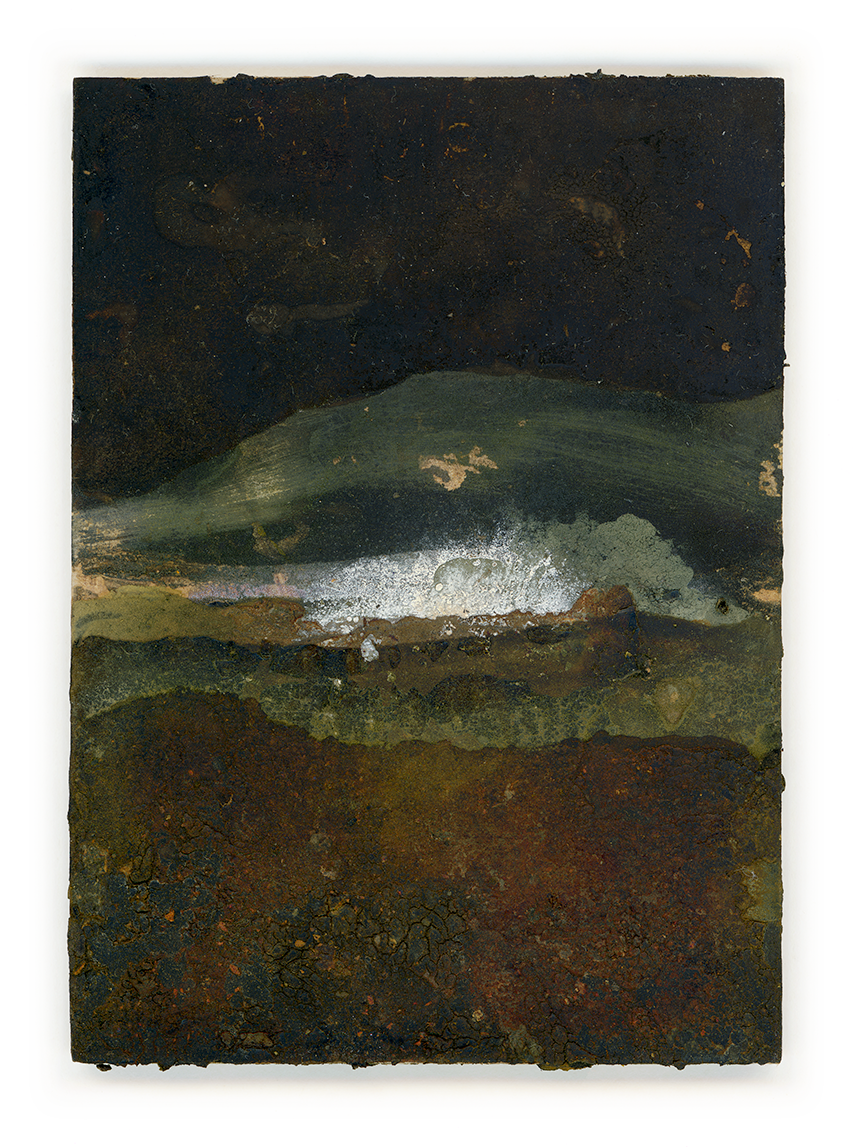
#240
Throughout the year 2025
Various plant materials: spirulina, beetroot, chlorella, turmeric, assorted matcha powders, spinach, lamb’s lettuce (mâche)
Charcoal; Liquid Ocean (Hydropassion); Micromix Drip (various micro-organisms) (Aptus); assorted moulds
15.5 × 11 × 0.3 cm
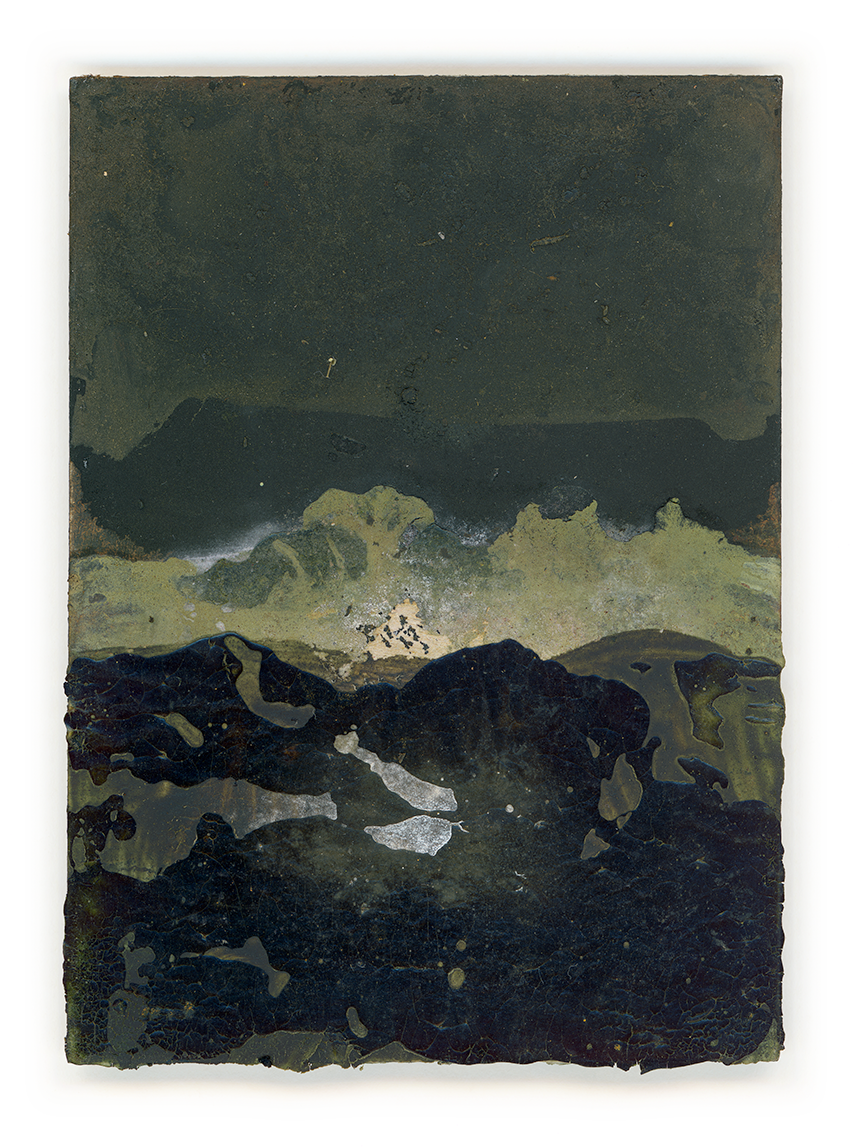
#239
Throughout the year 2025
Various plant materials: spirulina, beetroot, chlorella, turmeric, assorted matcha powders, spinach, lamb’s lettuce (mâche)
Charcoal; Liquid Ocean (Hydropassion); Micromix Drip (various micro-organisms) (Aptus); assorted moulds
15.5 × 11 × 0.3 cm
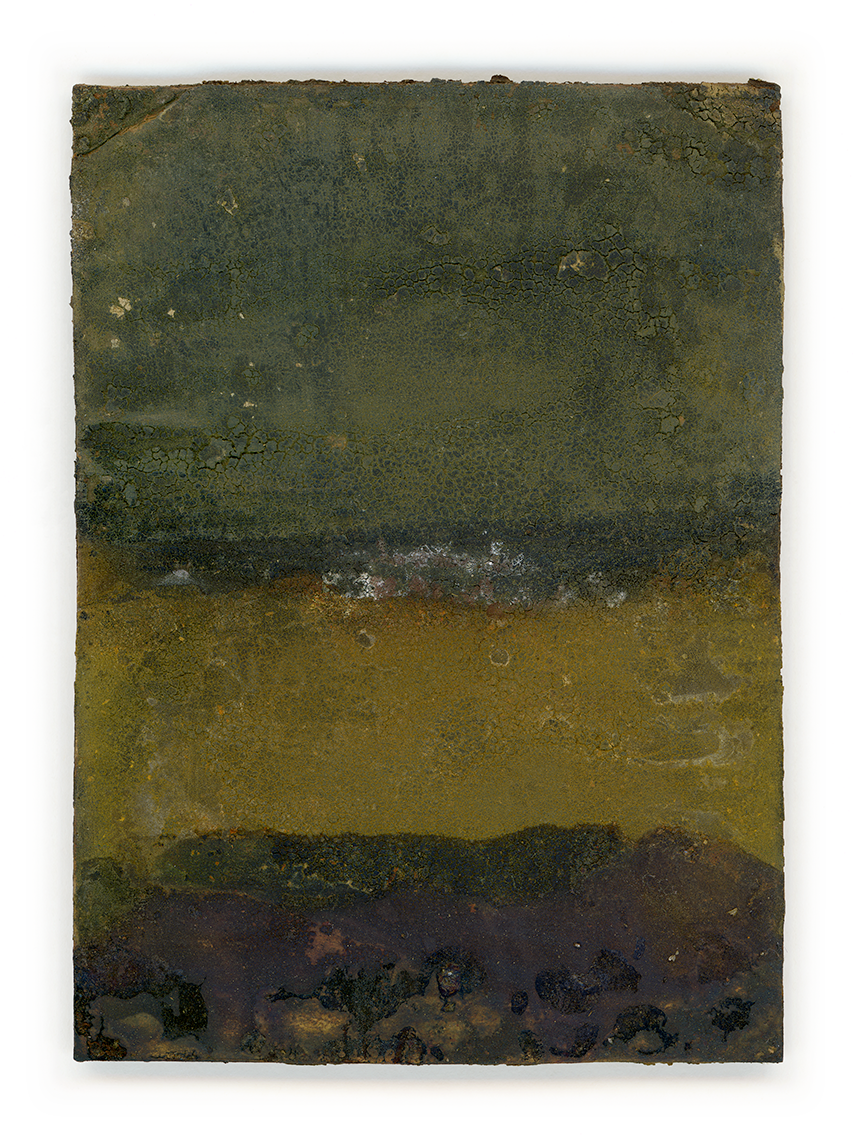
#238
Throughout the year 2025
Various plant materials: spirulina, beetroot, chlorella, turmeric, assorted matcha powders, spinach, lamb’s lettuce (mâche)
Charcoal; Liquid Ocean (Hydropassion); Micromix Drip (various micro-organisms) (Aptus); assorted moulds
15.5 × 11 × 0.3 cm
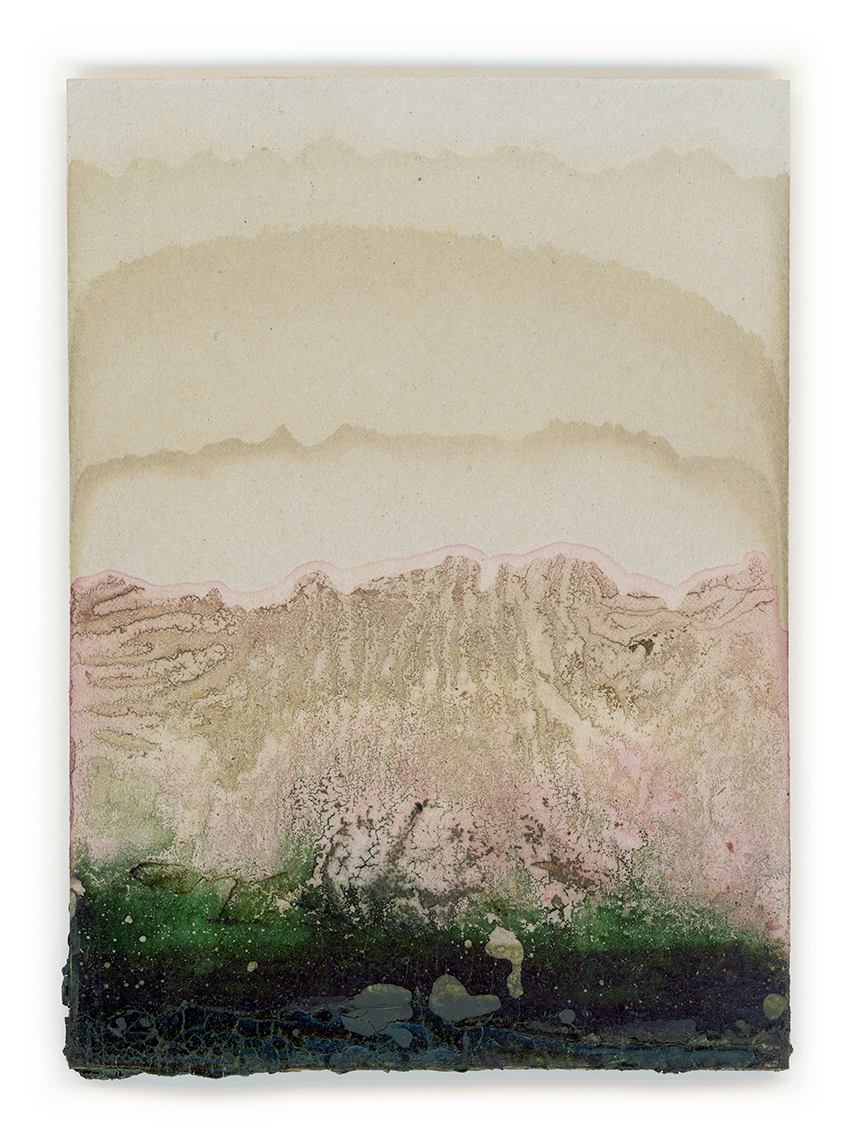
#237
Throughout the year 2025
Various plant materials: spirulina, beetroot, chlorella, turmeric, assorted matcha powders, spinach, lamb’s lettuce (mâche)
Charcoal; Liquid Ocean (Hydropassion); Micromix Drip (various micro-organisms) (Aptus); assorted moulds
15.5 × 11 × 0.3 cm
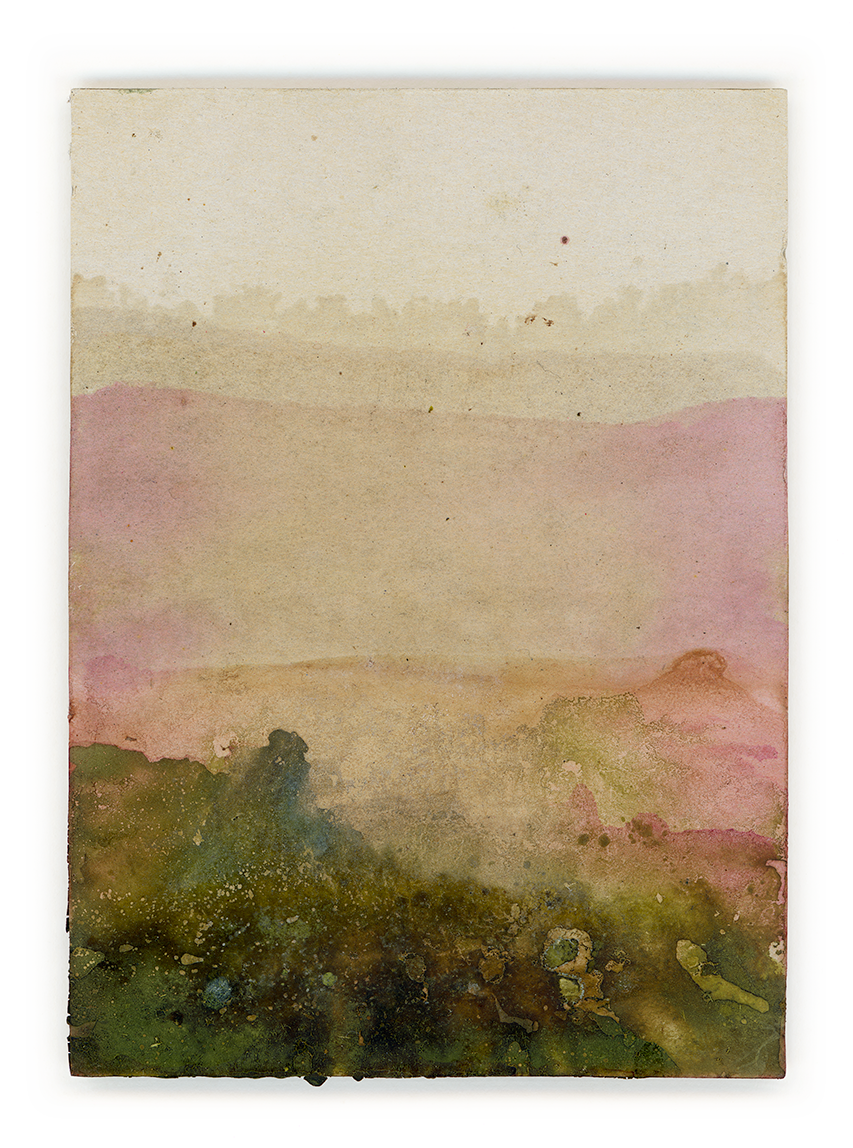
#236
Throughout the year 2025
Various plant materials: spirulina, beetroot, chlorella, turmeric, assorted matcha powders, spinach, lamb’s lettuce (mâche)
Charcoal; Liquid Ocean (Hydropassion); Micromix Drip (various micro-organisms) (Aptus); assorted moulds
15.5 × 11 × 0.3 cm

#235
Throughout the year 2025
Various plant materials: spirulina, beetroot, chlorella, turmeric, assorted matcha powders, spinach, lamb’s lettuce (mâche)
Charcoal; Liquid Ocean (Hydropassion); Micromix Drip (various micro-organisms) (Aptus); assorted moulds
15.5 × 11 × 0.3 cm
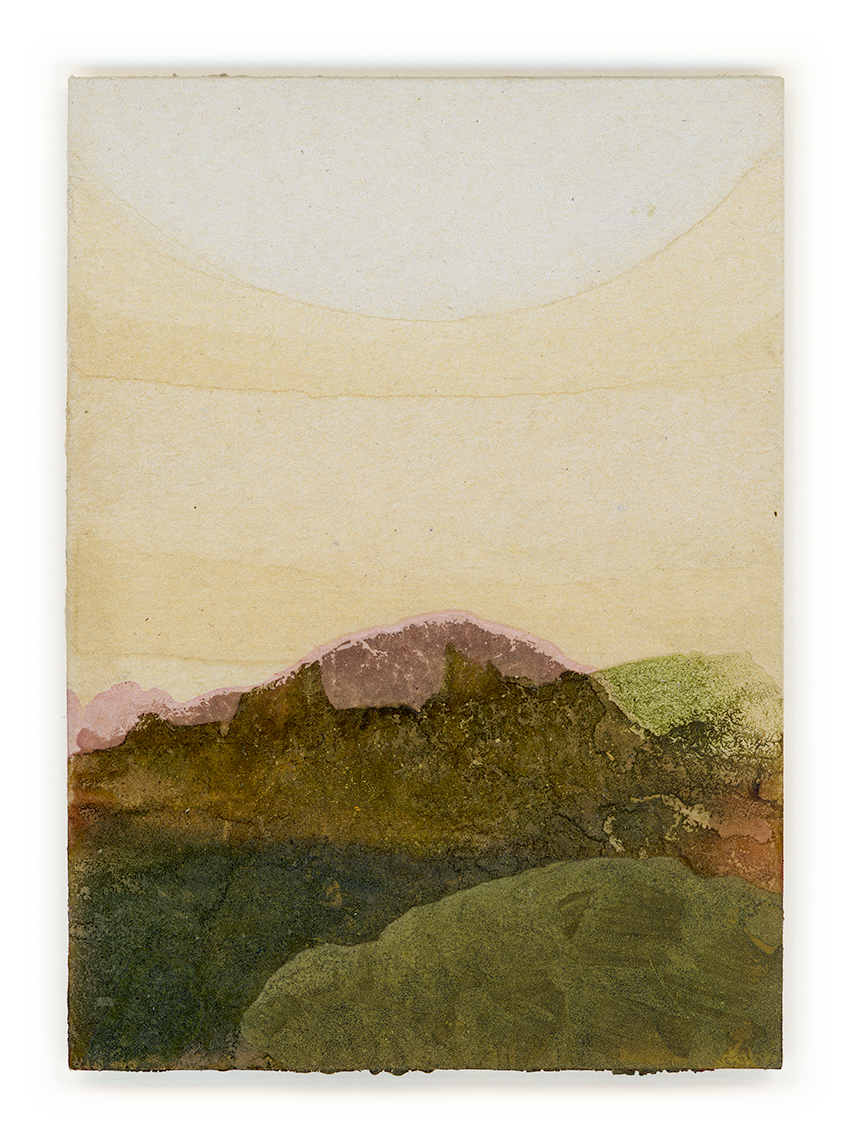
#234
Throughout the year 2025
Various plant materials: spirulina, beetroot, chlorella, turmeric, assorted matcha powders, spinach, lamb’s lettuce (mâche)
Charcoal; Liquid Ocean (Hydropassion); Micromix Drip (various micro-organisms) (Aptus); assorted moulds
15.5 × 11 × 0.3 cm

#233
Throughout the year 2025
Various plant materials: spirulina, beetroot, chlorella, turmeric, assorted matcha powders, spinach, lamb’s lettuce (mâche)
Charcoal; Liquid Ocean (Hydropassion); Micromix Drip (various micro-organisms) (Aptus); assorted moulds
15.5 × 11 × 0.3 cm

#232
Throughout the year 2025
Various plant materials: spirulina, beetroot, chlorella, turmeric, assorted matcha powders, spinach, lamb’s lettuce (mâche)
Charcoal; Liquid Ocean (Hydropassion); Micromix Drip (various micro-organisms) (Aptus); assorted moulds
15.5 × 11 × 0.3 cm
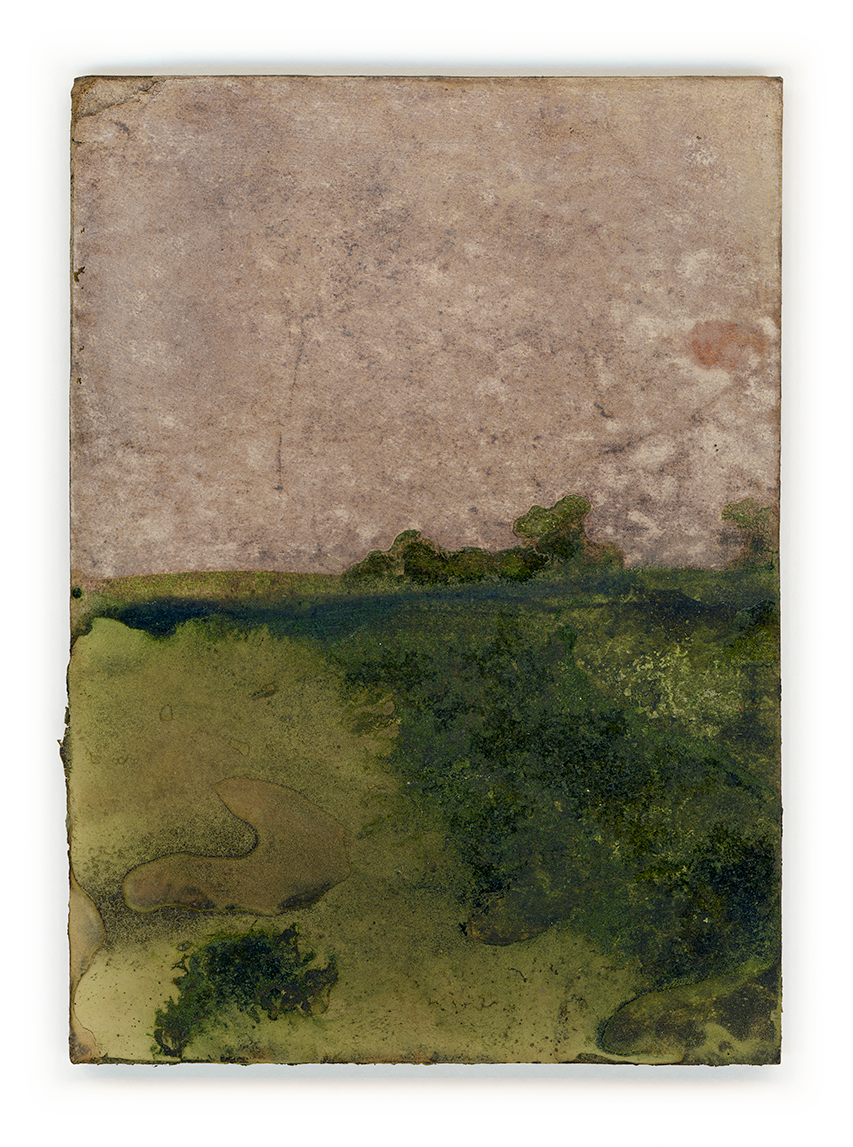
#231
Throughout the year 2025
Various plant materials: spirulina, beetroot, chlorella, turmeric, assorted matcha powders, spinach, lamb’s lettuce (mâche)
Charcoal; Liquid Ocean (Hydropassion); Micromix Drip (various micro-organisms) (Aptus); assorted moulds
15.5 × 11 × 0.3 cm
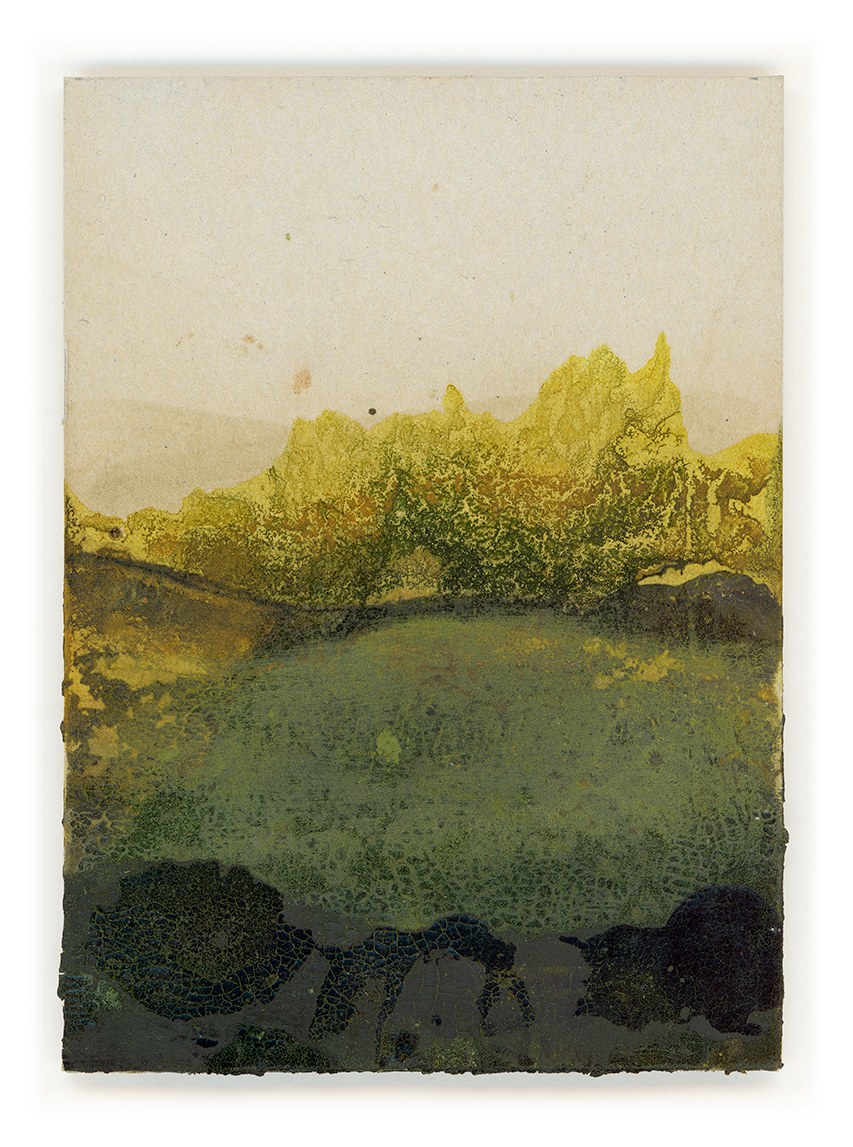
#230
Throughout the year 2025
Various plant materials: spirulina, beetroot, chlorella, turmeric, assorted matcha powders, spinach, lamb’s lettuce (mâche)
Charcoal; Liquid Ocean (Hydropassion); Micromix Drip (various micro-organisms) (Aptus); assorted moulds
15.5 × 11 × 0.3 cm
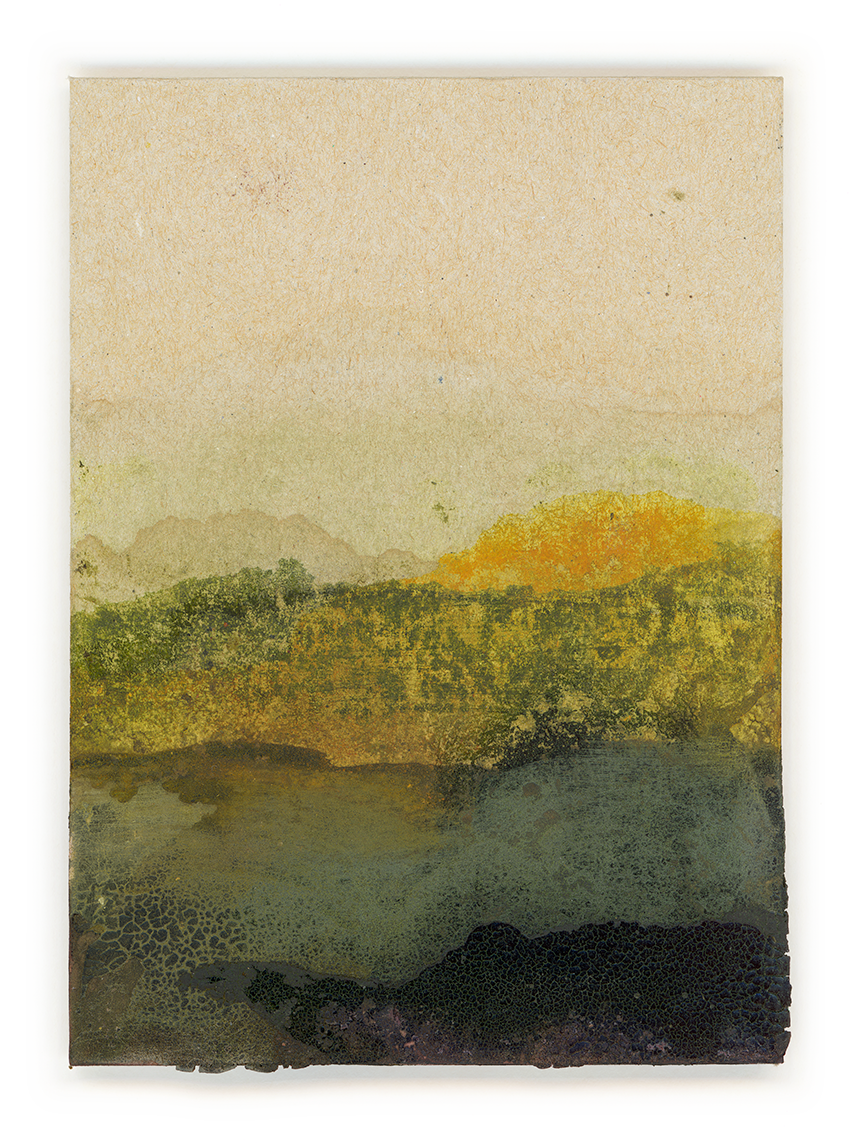
#229
Throughout the year 2025
Various plant materials: spirulina, beetroot, chlorella, turmeric, assorted matcha powders, spinach, lamb’s lettuce (mâche)
Charcoal; Liquid Ocean (Hydropassion); Micromix Drip (various micro-organisms) (Aptus); assorted moulds
15.5 × 11 × 0.3 cm
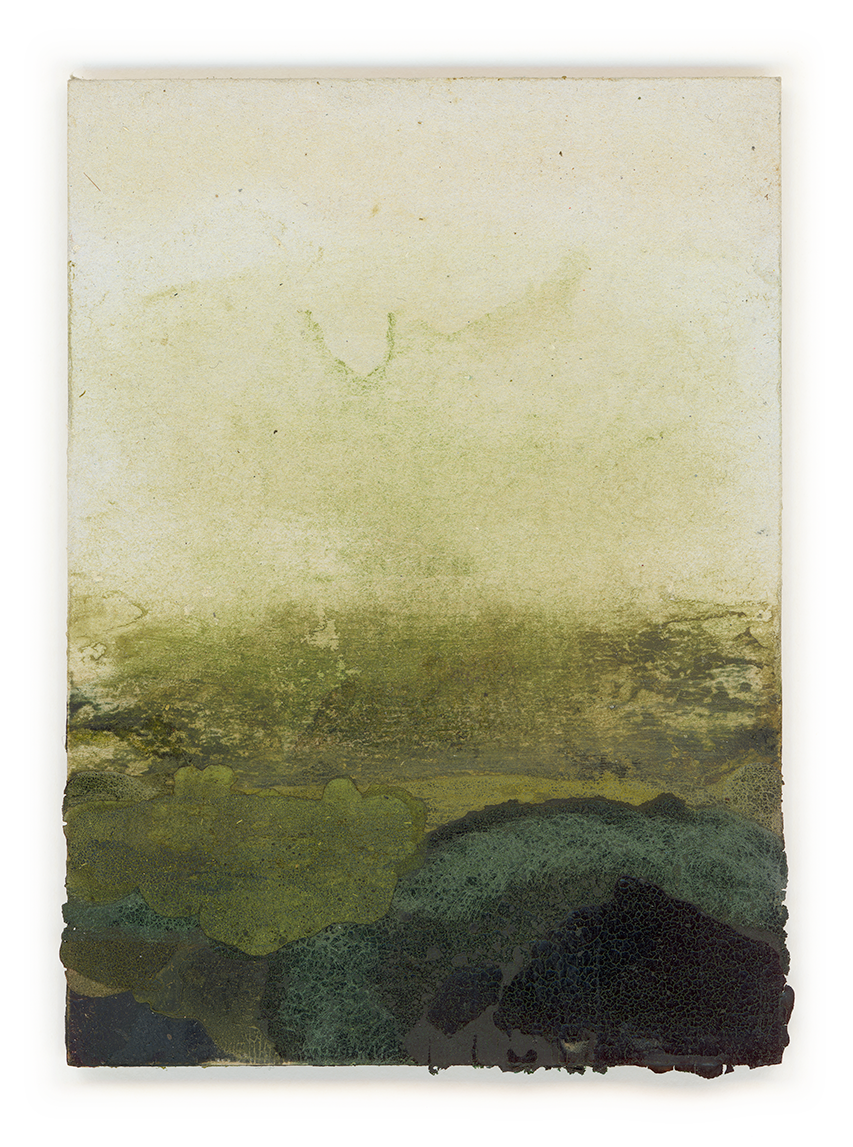
#228
Throughout the year 2025
Various plant materials: spirulina, beetroot, chlorella, turmeric, assorted matcha powders, spinach, lamb’s lettuce (mâche)
Charcoal; Liquid Ocean (Hydropassion); Micromix Drip (various micro-organisms) (Aptus); assorted moulds
15.5 × 11 × 0.3 cm
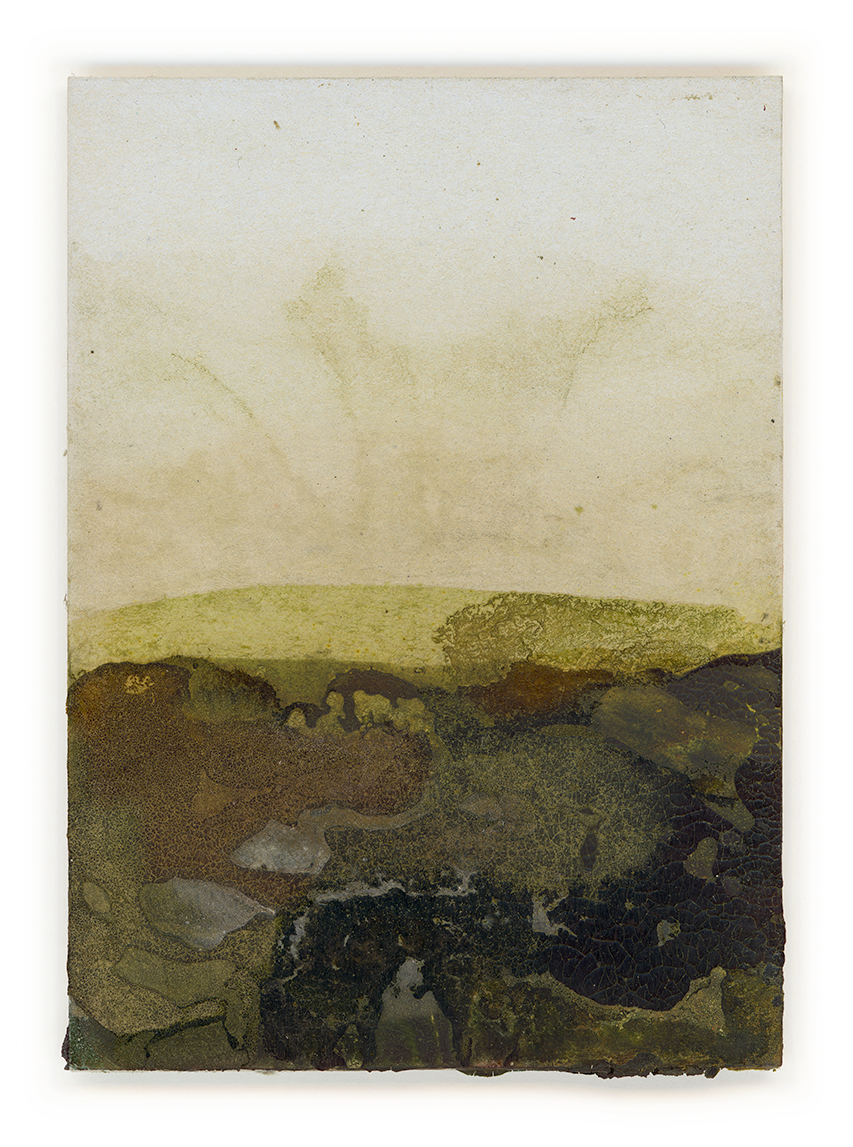
#227
Throughout the year 2025
Various plant materials: spirulina, beetroot, chlorella, turmeric, assorted matcha powders, spinach, lamb’s lettuce (mâche)
Charcoal; Liquid Ocean (Hydropassion); Micromix Drip (various micro-organisms) (Aptus); assorted moulds
15.5 × 11 × 0.3 cm

#226
Throughout the year 2025
Various plant materials: spirulina, beetroot, chlorella, turmeric, assorted matcha powders, spinach, lamb’s lettuce (mâche)
Charcoal; Liquid Ocean (Hydropassion); Micromix Drip (various micro-organisms) (Aptus); assorted moulds
15.5 × 11 × 0.3 cm
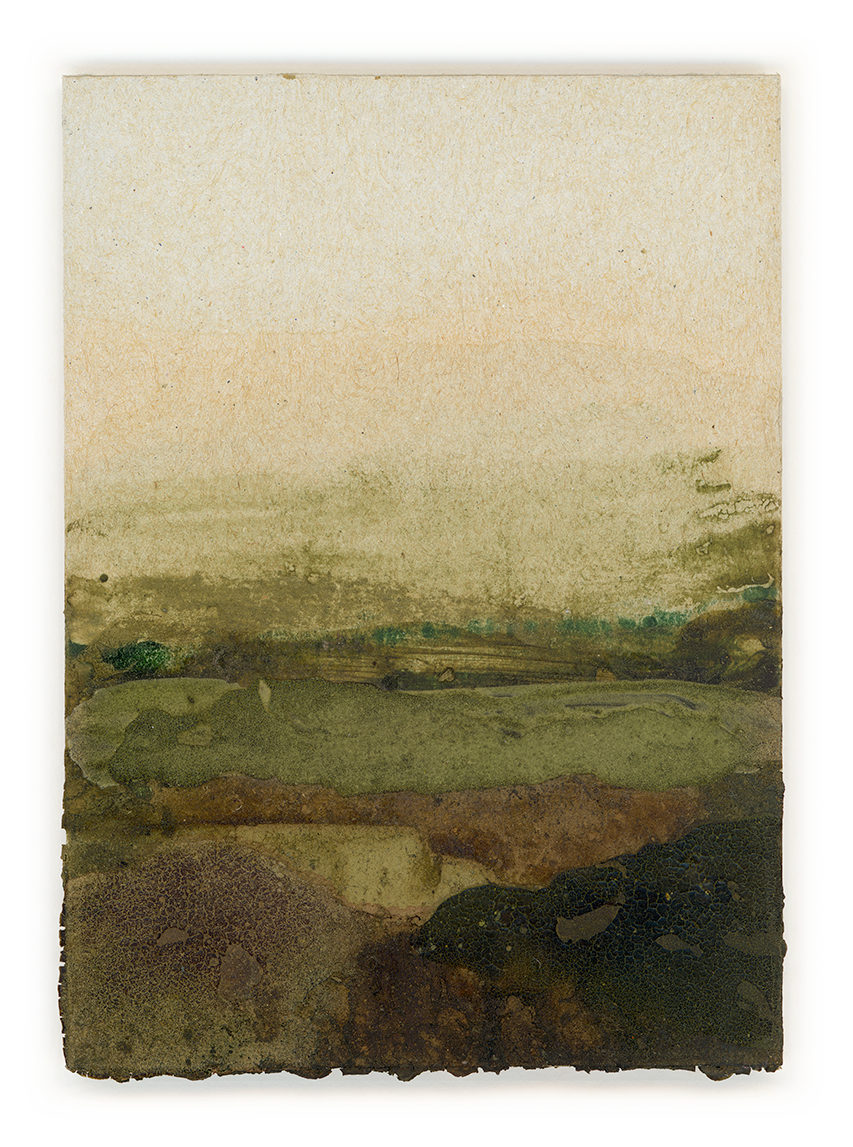
#225
Throughout the year 2025
Various plant materials: spirulina, beetroot, chlorella, turmeric, assorted matcha powders, spinach, lamb’s lettuce (mâche)
Charcoal; Liquid Ocean (Hydropassion); Micromix Drip (various micro-organisms) (Aptus); assorted moulds
15.5 × 11 × 0.3 cm
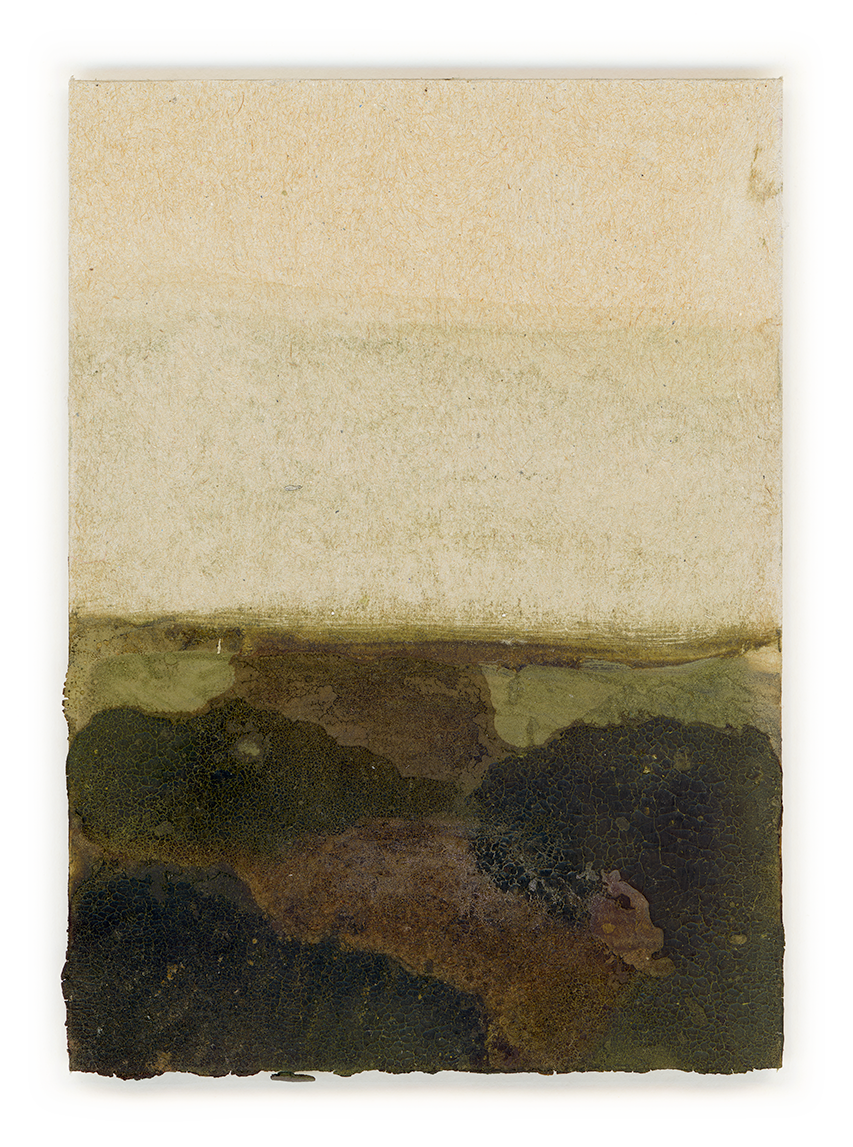
#224
Throughout the year 2025
Various plant materials: spirulina, beetroot, chlorella, turmeric, assorted matcha powders, spinach, lamb’s lettuce (mâche)
Charcoal; Liquid Ocean (Hydropassion); Micromix Drip (various micro-organisms) (Aptus); assorted moulds
15.5 × 11 × 0.3 cm
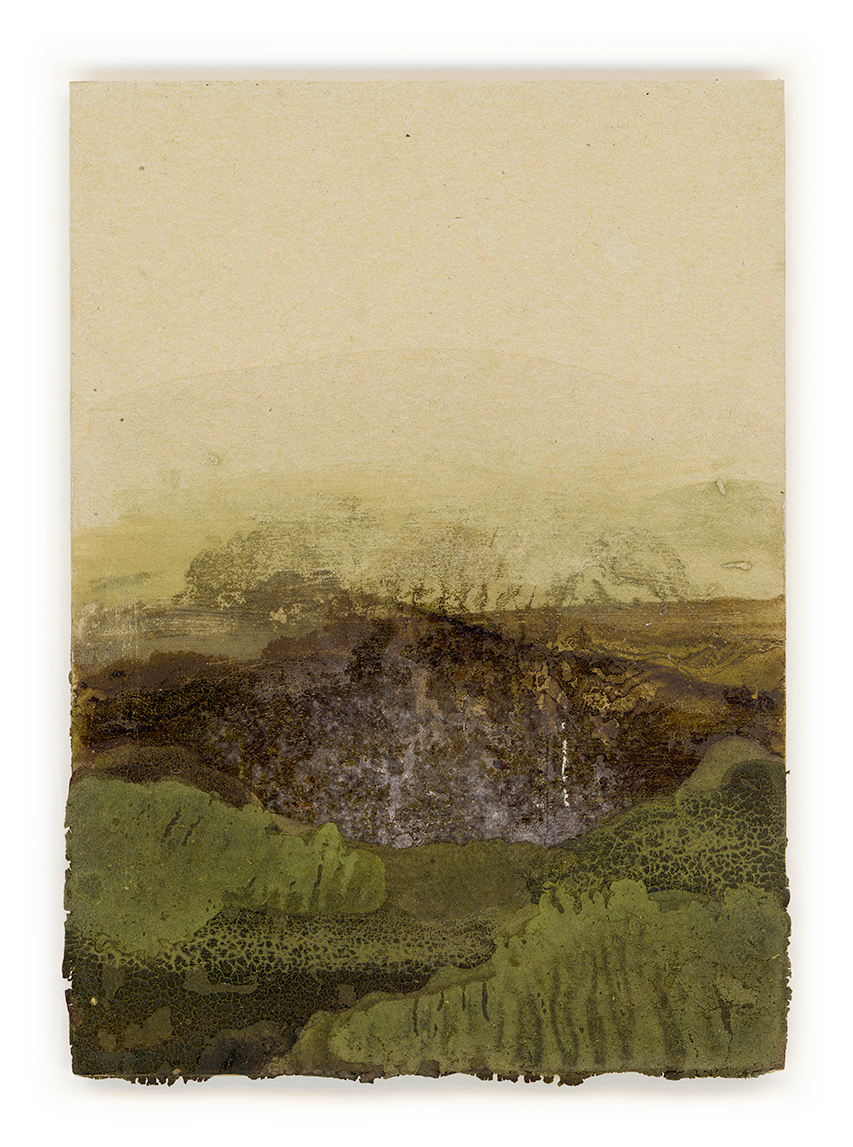
#223
Throughout the year 2025
Various plant materials: spirulina, beetroot, chlorella, turmeric, assorted matcha powders, spinach, lamb’s lettuce (mâche)
Charcoal; Liquid Ocean (Hydropassion); Micromix Drip (various micro-organisms) (Aptus); assorted moulds
15.5 × 11 × 0.3 cm
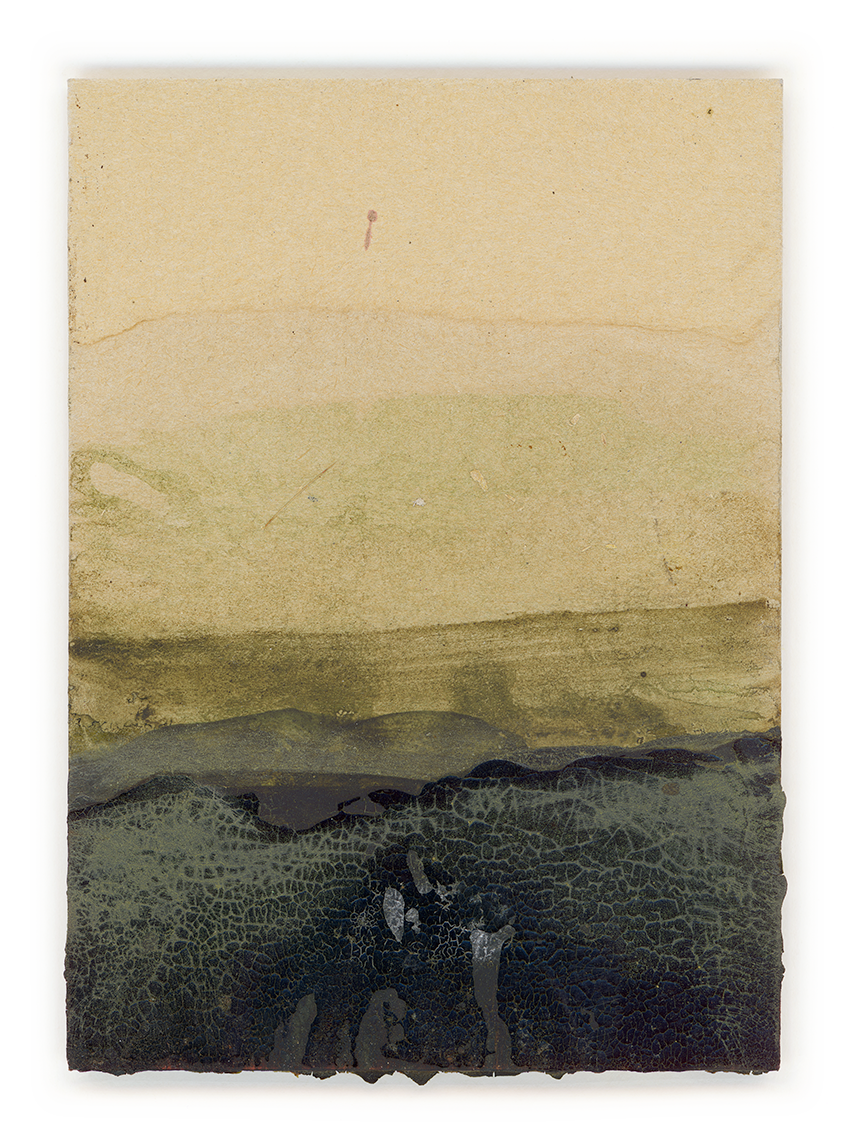
#222
Throughout the year 2025
Various plant materials: spirulina, beetroot, chlorella, turmeric, assorted matcha powders, spinach, lamb’s lettuce (mâche)
Charcoal; Liquid Ocean (Hydropassion); Micromix Drip (various micro-organisms) (Aptus); assorted moulds
15.5 × 11 × 0.3 cm

#221
Throughout the year 2025
Various plant materials: spirulina, beetroot, chlorella, turmeric, assorted matcha powders, spinach, lamb’s lettuce (mâche)
Charcoal; Liquid Ocean (Hydropassion); Micromix Drip (various micro-organisms) (Aptus); assorted moulds
15.5 × 11 × 0.3 cm
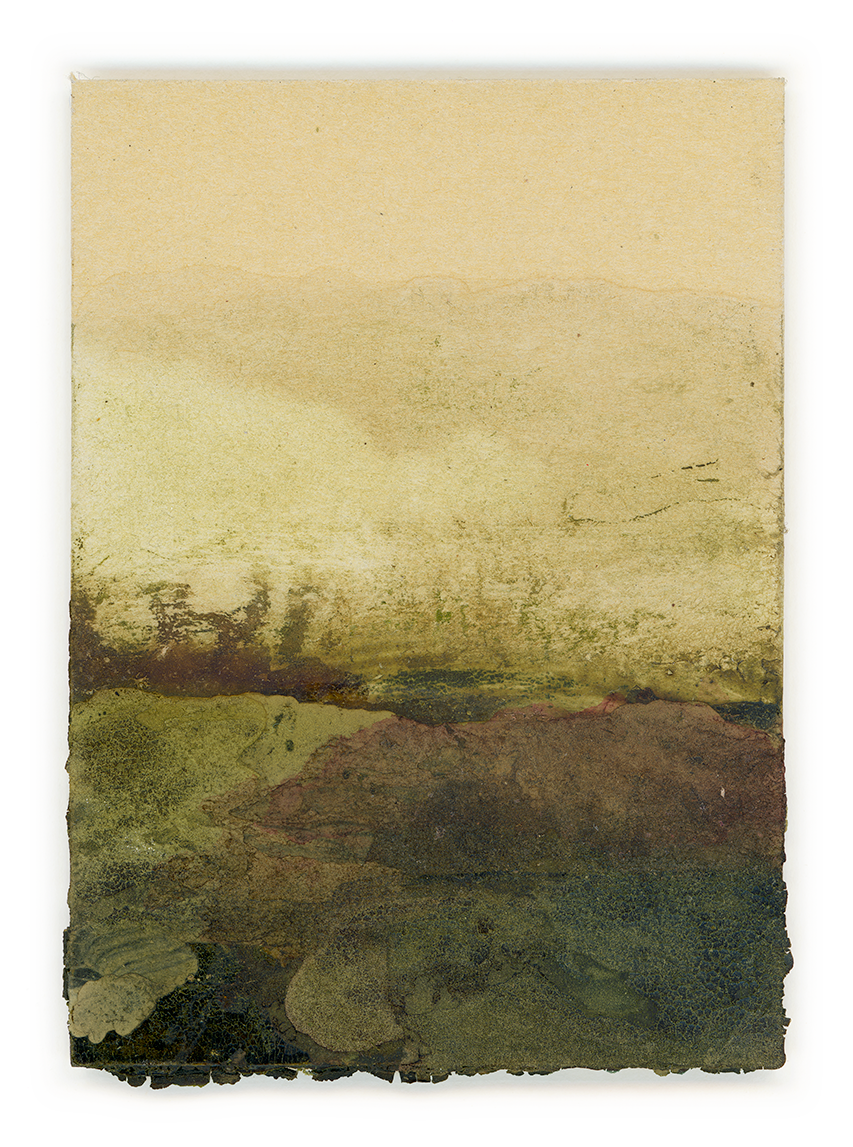
#220
Throughout the year 2025
Various plant materials: spirulina, beetroot, chlorella, turmeric, assorted matcha powders, spinach, lamb’s lettuce (mâche)
Charcoal; Liquid Ocean (Hydropassion); Micromix Drip (various micro-organisms) (Aptus); assorted moulds
15.5 × 11 × 0.3 cm
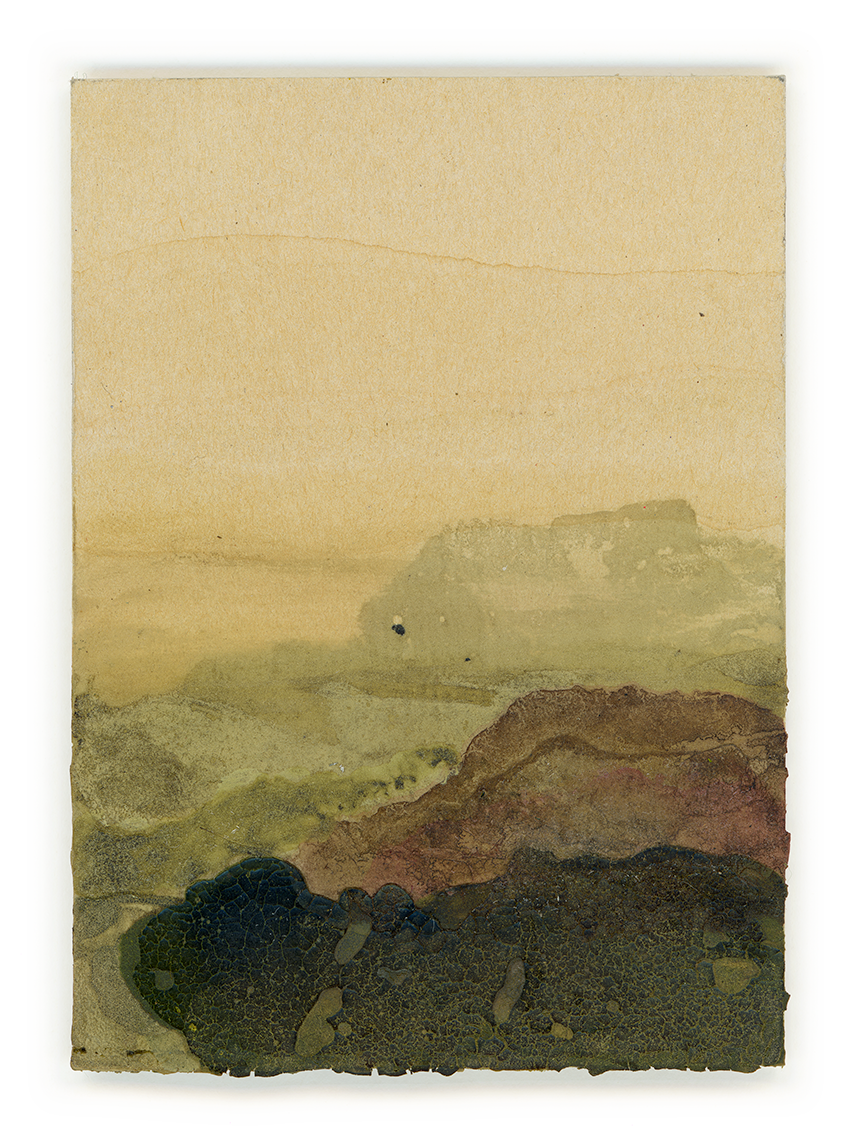
#219
Throughout the year 2025
Various plant materials: spirulina, beetroot, chlorella, turmeric, assorted matcha powders, spinach, lamb’s lettuce (mâche)
Charcoal; Liquid Ocean (Hydropassion); Micromix Drip (various micro-organisms) (Aptus); assorted moulds
15.5 × 11 × 0.3 cm
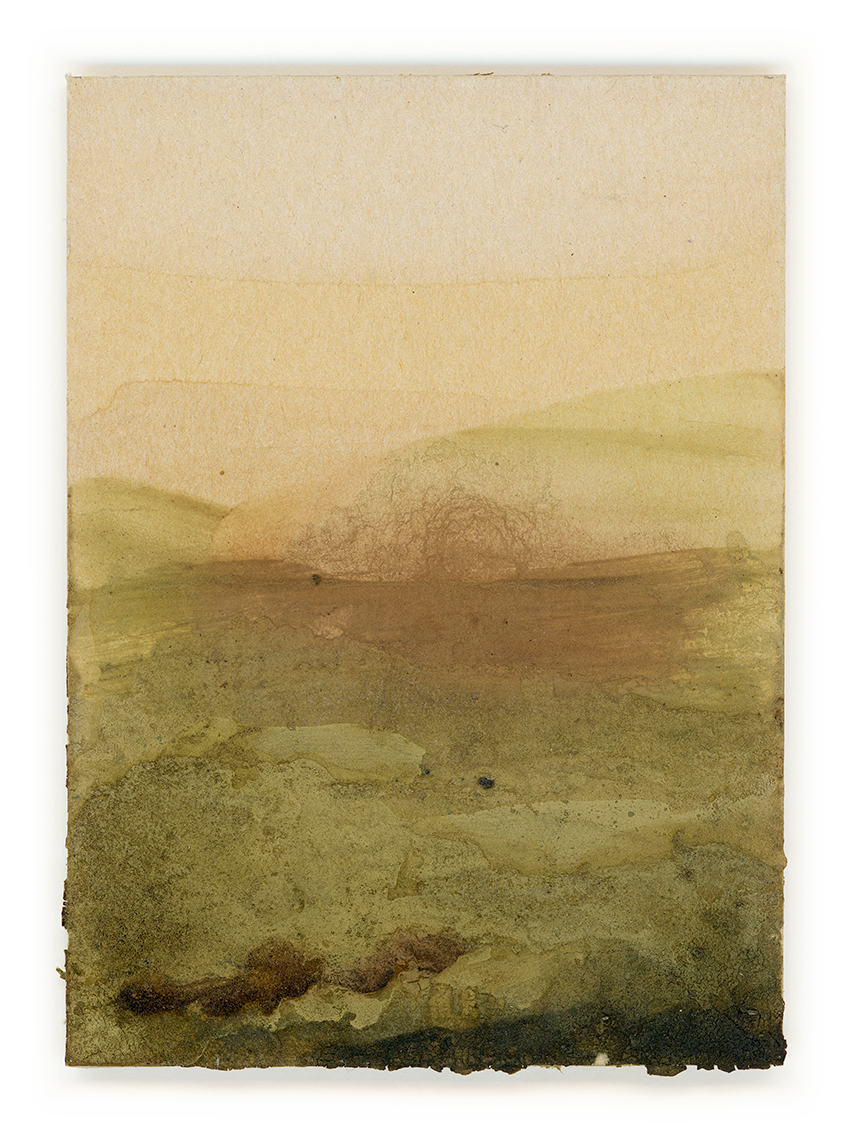
#218
Throughout the year 2025
Various plant materials: spirulina, beetroot, chlorella, turmeric, assorted matcha powders, spinach, lamb’s lettuce (mâche)
Charcoal; Liquid Ocean (Hydropassion); Micromix Drip (various micro-organisms) (Aptus); assorted moulds
15.5 × 11 × 0.3 cm
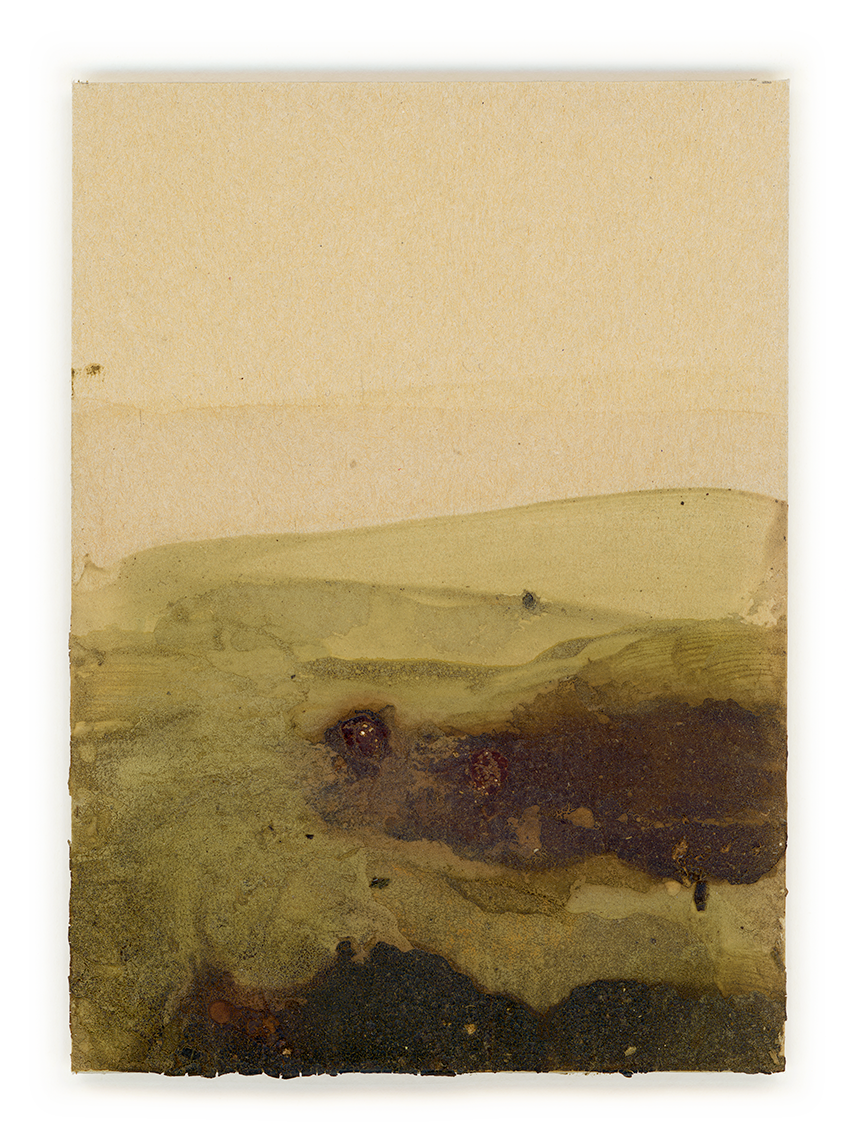
#217
Throughout the year 2025
Various plant materials: spirulina, beetroot, chlorella, turmeric, assorted matcha powders, spinach, lamb’s lettuce (mâche)
Charcoal; Liquid Ocean (Hydropassion); Micromix Drip (various micro-organisms) (Aptus); assorted moulds
15.5 × 11 × 0.3 cm
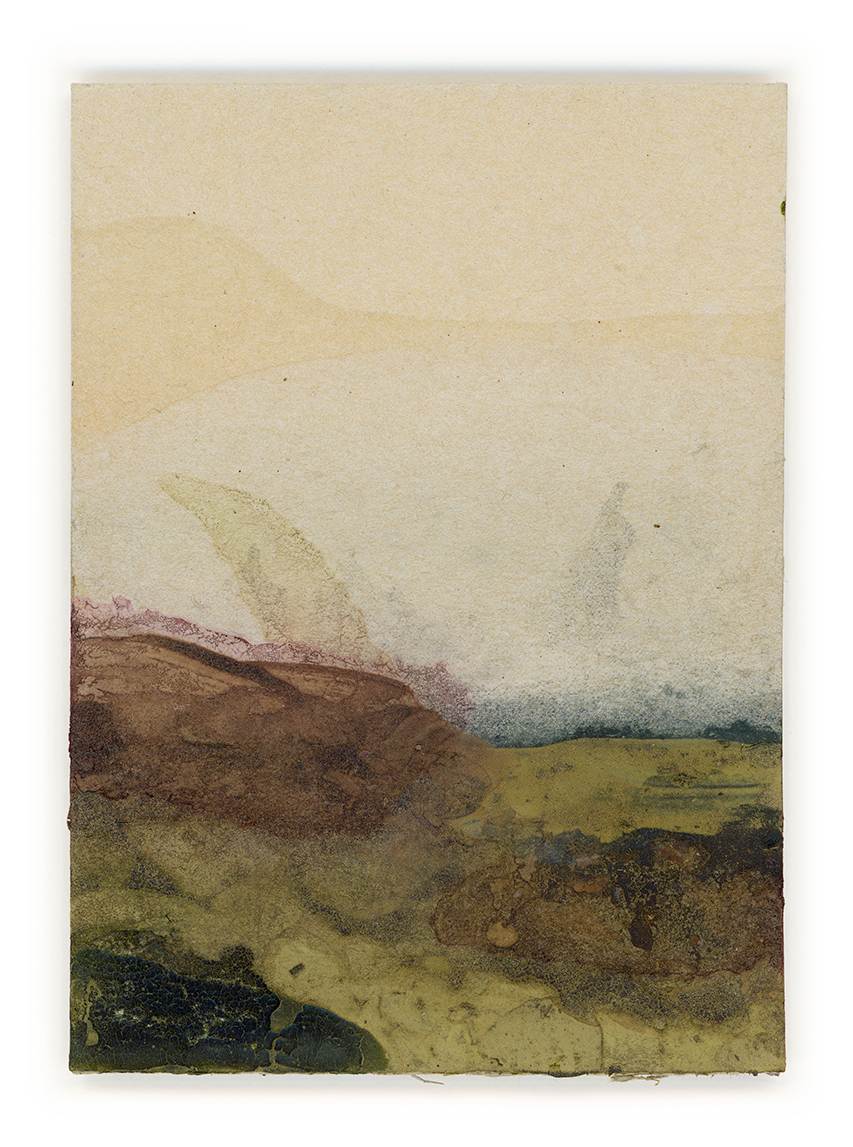
#216
Throughout the year 2025
Various plant materials: spirulina, beetroot, chlorella, turmeric, assorted matcha powders, spinach, lamb’s lettuce (mâche)
Charcoal; Liquid Ocean (Hydropassion); Micromix Drip (various micro-organisms) (Aptus); assorted moulds
15.5 × 11 × 0.3 cm

#206
Throughout the year 2025
Various plant materials: spirulina, beetroot, chlorella, turmeric, assorted matcha powders, spinach, lamb’s lettuce (mâche)
Charcoal; Liquid Ocean (Hydropassion); Micromix Drip (various micro-organisms) (Aptus); assorted moulds
15.5 × 11 × 0.3 cm
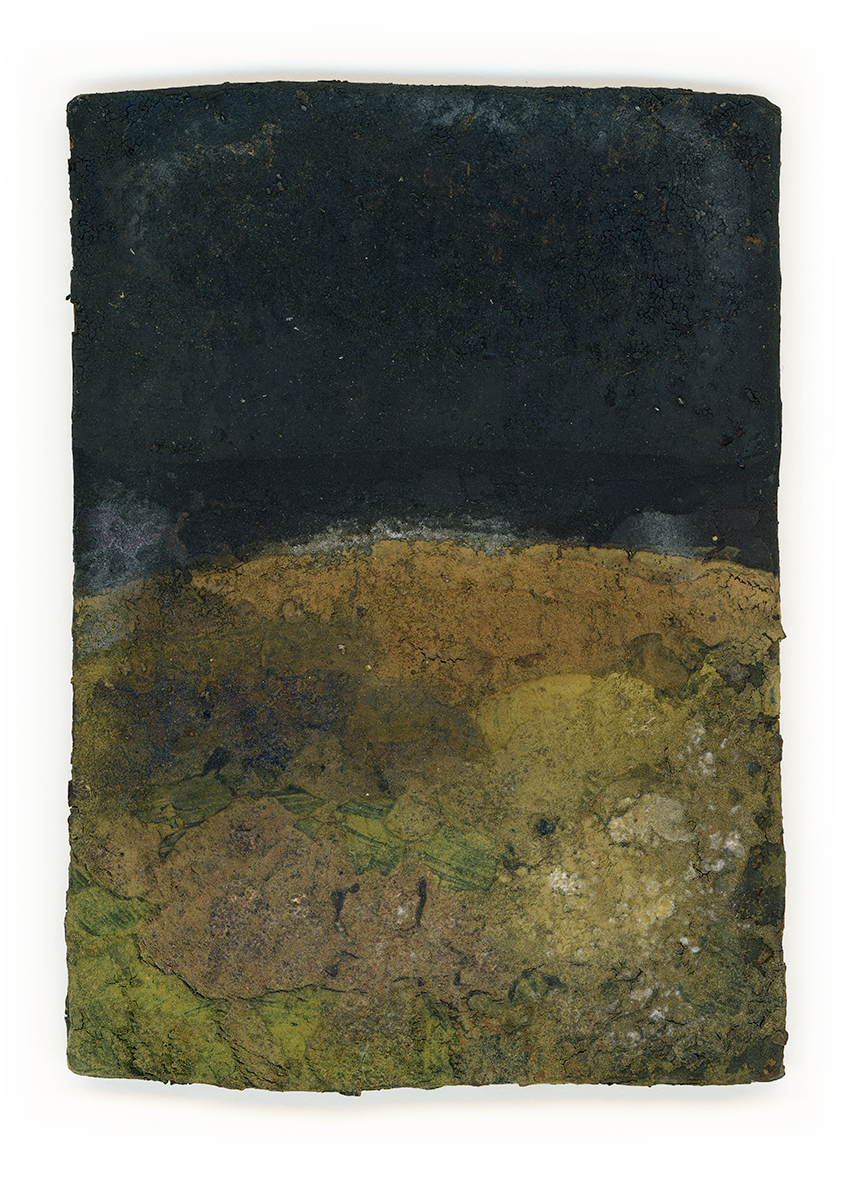
#205
Throughout the year 2025
Various plant materials: spirulina, beetroot, chlorella, turmeric, assorted matcha powders, spinach, lamb’s lettuce (mâche)
Charcoal; Liquid Ocean (Hydropassion); Micromix Drip (various micro-organisms) (Aptus); assorted moulds
15.5 × 11 × 0.3 cm
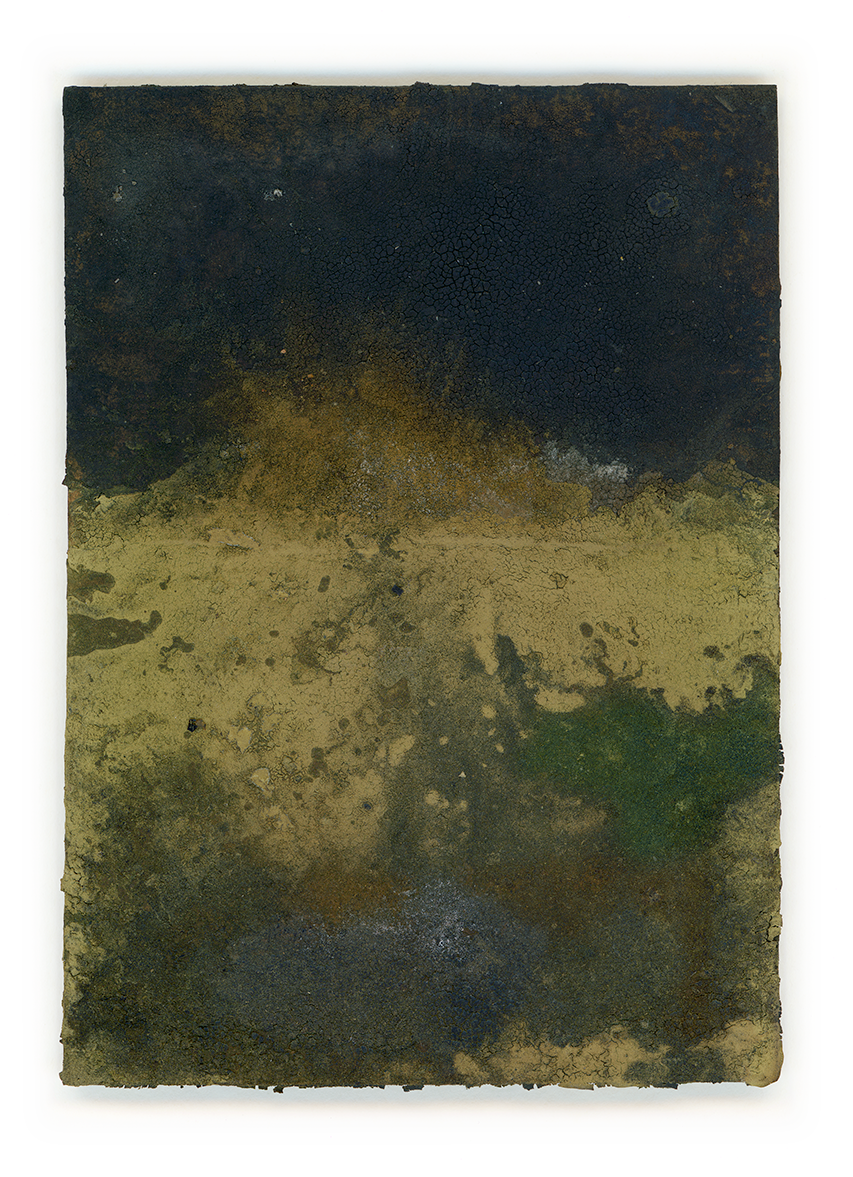
#204
Throughout the year 2025
Various plant materials: spirulina, beetroot, chlorella, turmeric, assorted matcha powders, spinach, lamb’s lettuce (mâche)
Charcoal; Liquid Ocean (Hydropassion); Micromix Drip (various micro-organisms) (Aptus); assorted moulds
15.5 × 11 × 0.3 cm
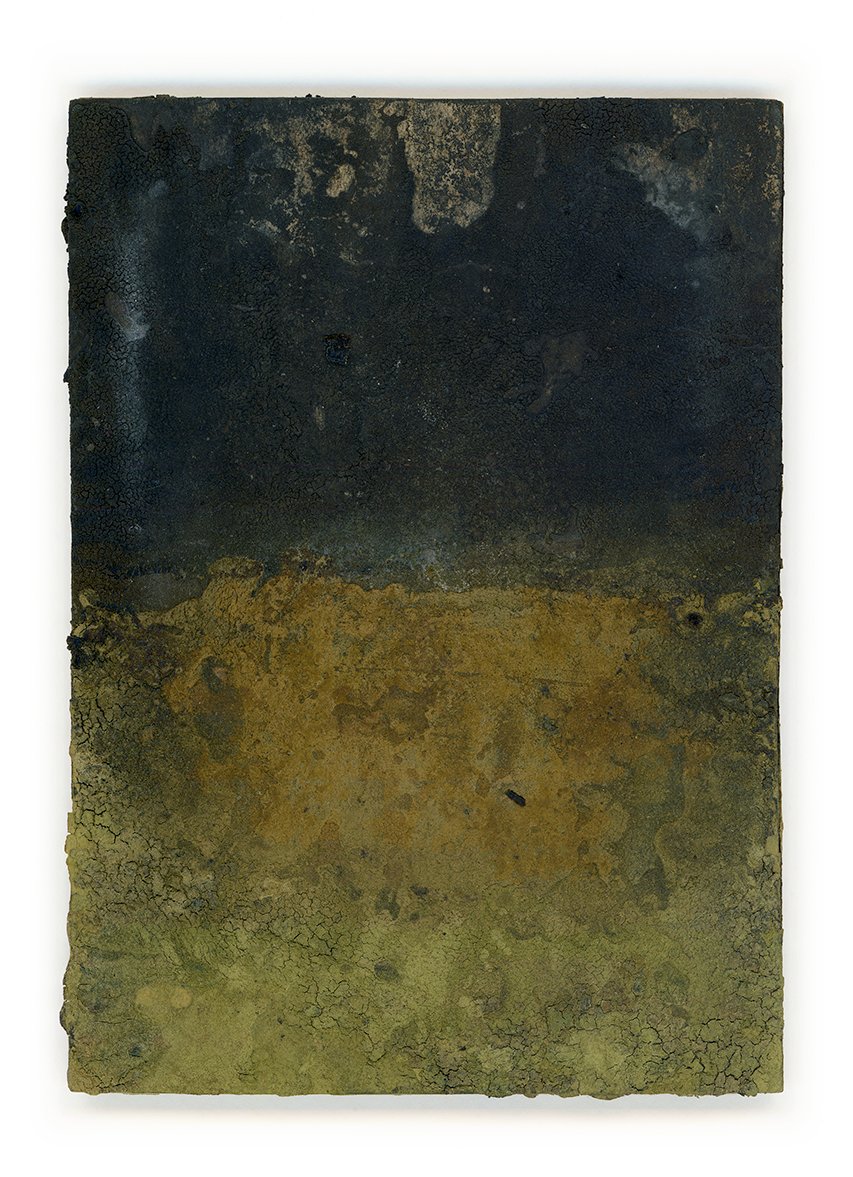
#203
Throughout the year 2025
Various plant materials: spirulina, beetroot, chlorella, turmeric, assorted matcha powders, spinach, lamb’s lettuce (mâche)
Charcoal; Liquid Ocean (Hydropassion); Micromix Drip (various micro-organisms) (Aptus); assorted moulds
15.5 × 11 × 0.3 cm
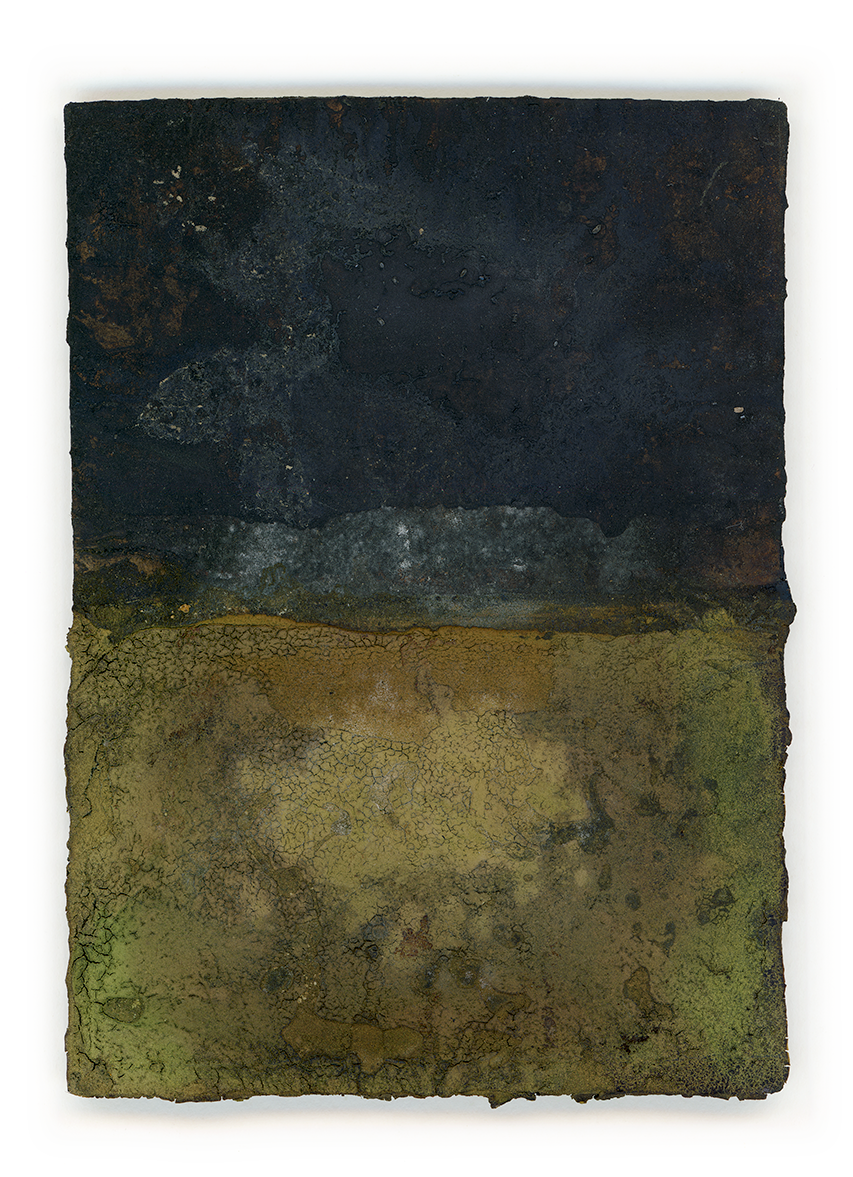
#202
Throughout the year 2025
Various plant materials: spirulina, beetroot, chlorella, turmeric, assorted matcha powders, spinach, lamb’s lettuce (mâche)
Charcoal; Liquid Ocean (Hydropassion); Micromix Drip (various micro-organisms) (Aptus); assorted moulds
15.5 × 11 × 0.3 cm
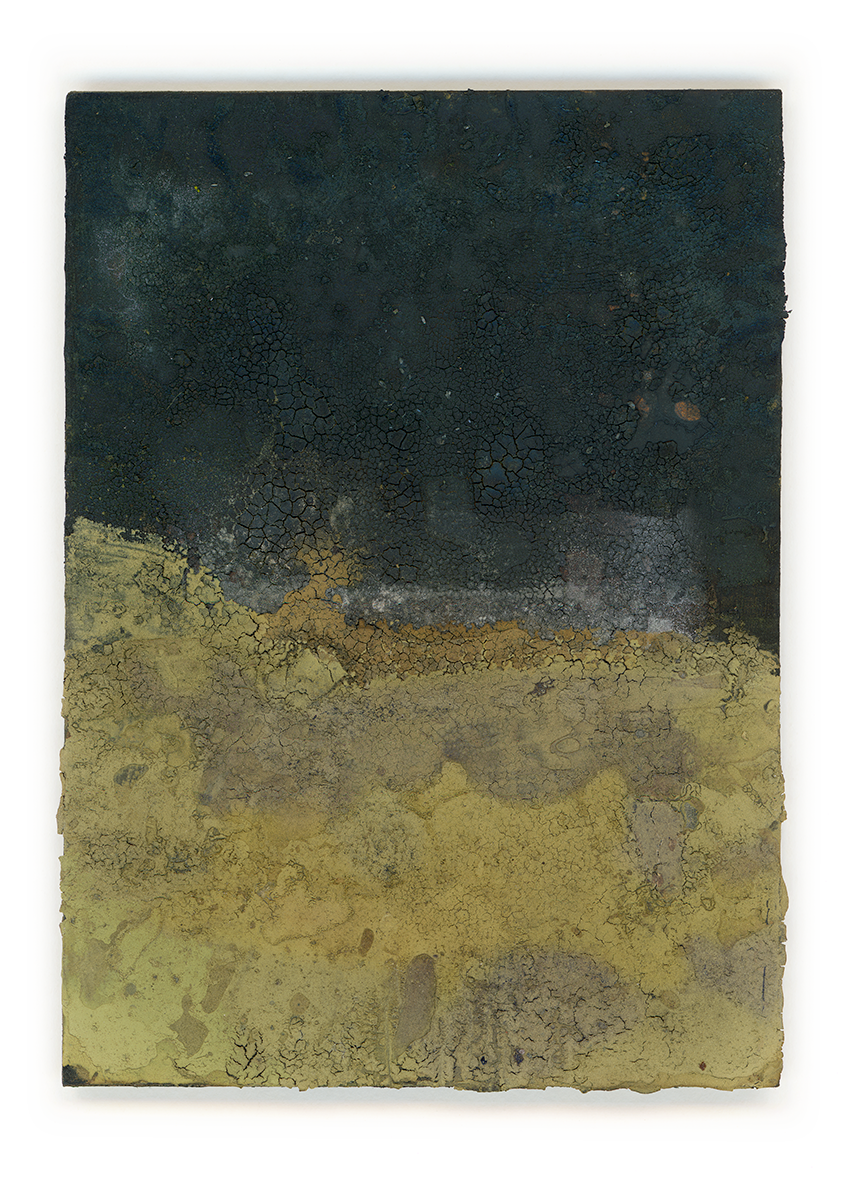
#201
Throughout the year 2025
Various plant materials: spirulina, beetroot, chlorella, turmeric, assorted matcha powders, spinach, lamb’s lettuce (mâche)
Charcoal; Liquid Ocean (Hydropassion); Micromix Drip (various micro-organisms) (Aptus); assorted moulds
15.5 × 11 × 0.3 cm